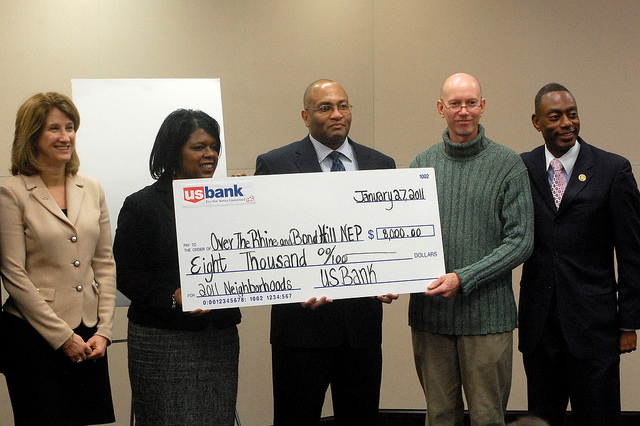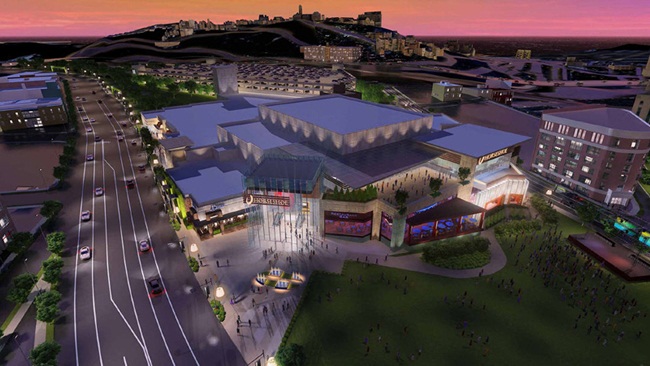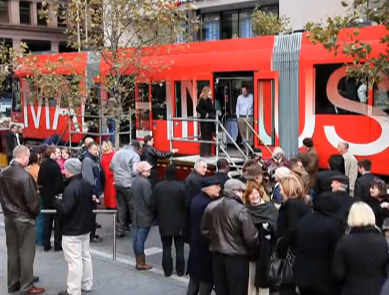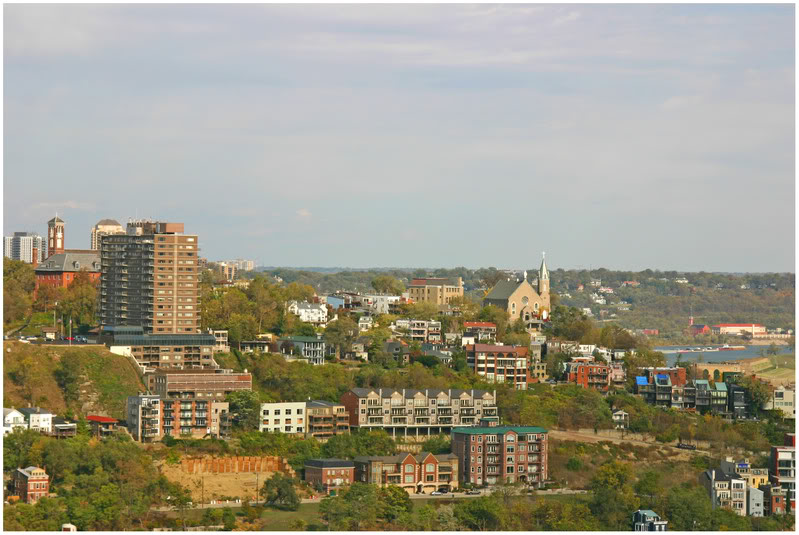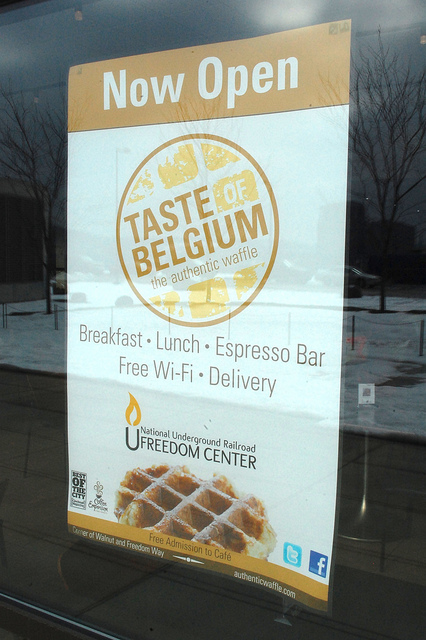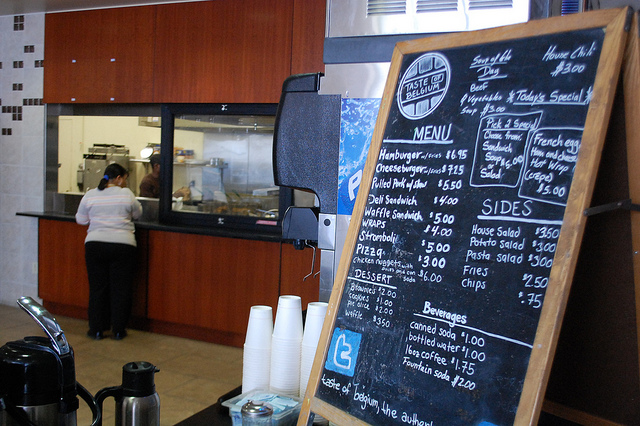Cincinnati has selected the next two neighborhoods for its 2011 Neighborhood Enhancement Program (NEP). This year’s 90-day blitz will take place in Over-the-Rhine and Bond Hill.
First started in 2006, the NEP has moved through 10 of the city’s 52 neighborhoods including Mt. Washington and Corryville which were targeted last year. City officials say that the collaborative effort is designed to jumpstart community revitalization and reinvestment, and focus on developing neighborhood assets and improving quality of life.
Some in Over-the-Rhine feel like the focused effort could not come at a better time given the recent progress there.
“While Over-the-Rhine is a strong neighborhood, we could use more tools to address some real barriers, such as buildings with code violations, that prevent us from getting more things done,” says Over-the-Rhine resident and owner of Park+Vine Dan Korman.
The NEP employs the broken windows theory that changes the norms of an urban area in order to influence social behavior in such a way that prevents an escalation into more serious crime. Cincinnati’s NEP has won numerous local, state and national awards, and puts significant focus on building code enforcement, litter removal, vacant lot maintenance, beautifying landscapes and public right-of-way, and “cooling down” crime hot spots.
The 2011 NEP is made possible by Keep Cincinnati Beautiful, People Working Cooperatively, Police Partnering Center, Leadership Cincinnati, Citizens for Civic Renewal and through the financial support of $8,000 from U.S. Bank.
2011 NEP Announcement photograph by UrbanCincy contributor Thadd Fiala.
